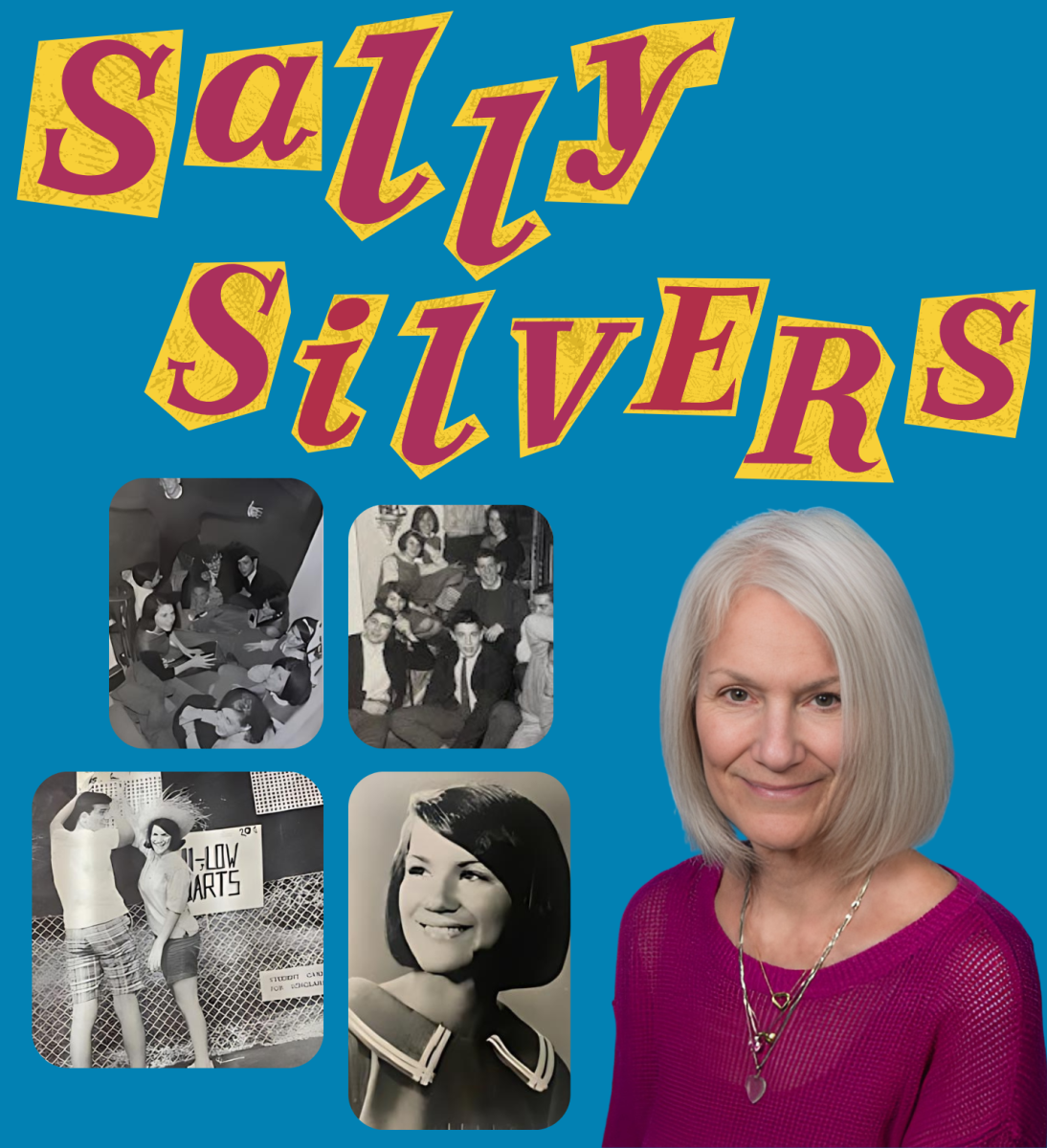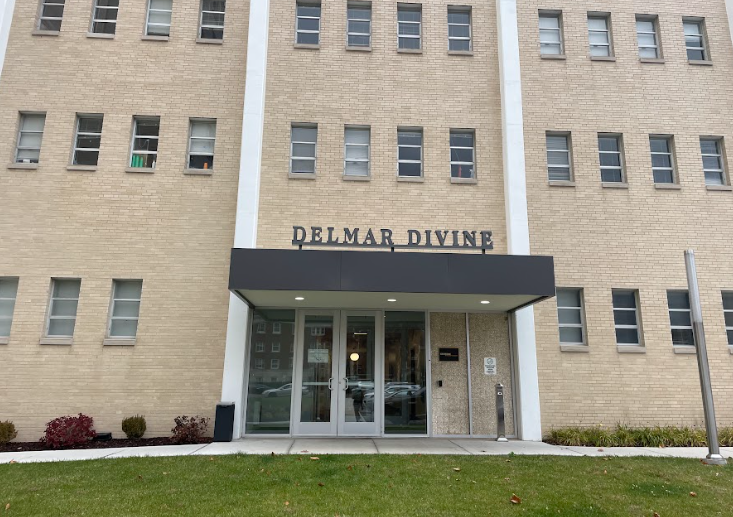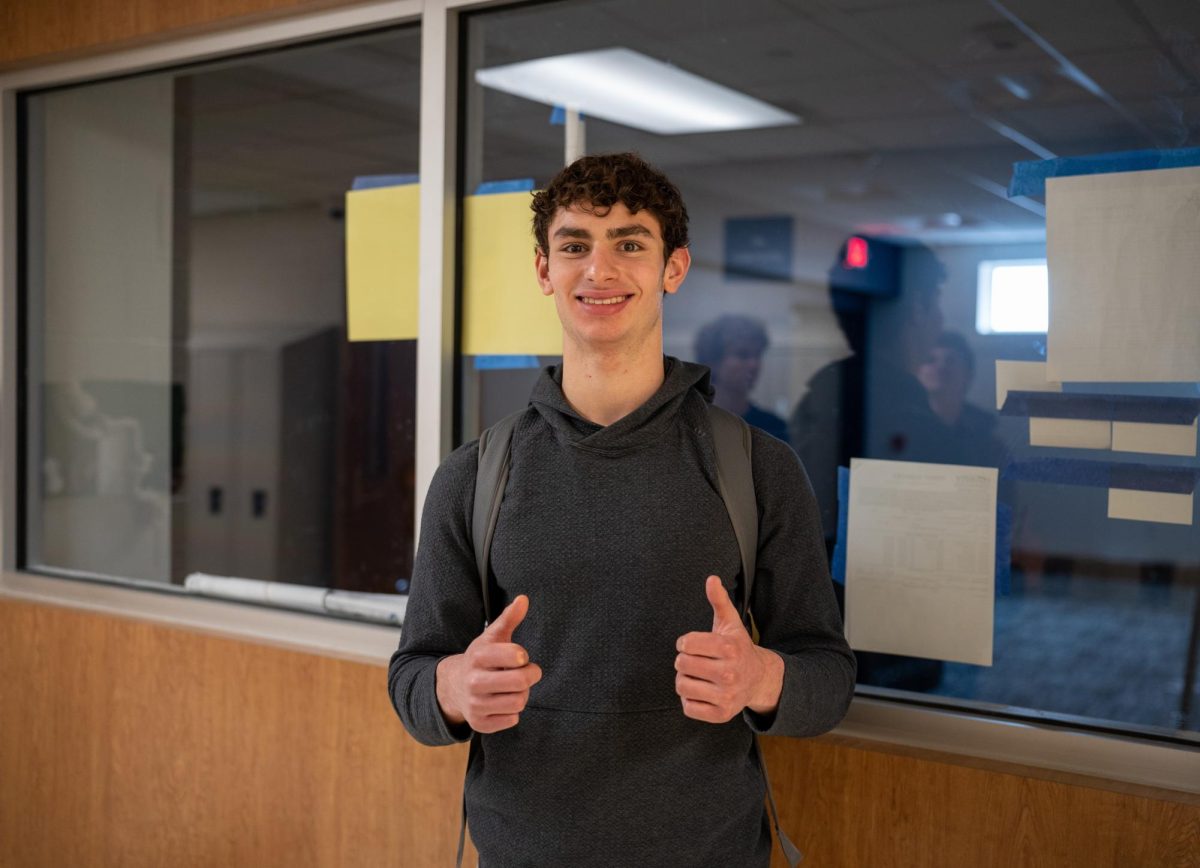My first home was a two-story white stucco house three blocks from the Pacific Ocean. In my middle-class San Diego subdivision, bougainvillea trellises accented most houses, pine trees obscured the horizon and cool breezes swept over the hot macadam of the streets. My mother invited friends to sit on our porch and drink tea—sometimes the neighbors, who took a break from gardening or grocery shopping to nurse a cup of rooibos, but just as often she invited families of fairly recent Mexican immigrants from a neighborhood about ten miles south of mine.
There was Marta, who made the best flan north of the border; she and her husband, Enrique, struggled to care for their two autistic sons, Brent and Sean. Magda and Raul, another couple, had a young daughter, Aidiana, who spun the heads of my Barbie dolls curiously until they sat crooked on the long plastic necks. We never talked about our friends’ legal status, but I knew there was an issue. Enrique had been deported once after a raid at the restaurant where he worked; it took him nearly a month to make his way back.
When my mother wasn’t discussing Magda’s night classes or tempting Enrique’s sons with oatmeal cookies, my family found time to travel in Mexico. My favorite spot was a resort in Puerto Nuevo, about an hour south of the border. As we drove back one sweltering afternoon, we faced a long line of cars waiting to cross the border into the U.S. Rather than sit in line, we decided to explore the Mexican border city of Tijuana.
Tijuana shocked me. While Puerto Nuevo was peopled with tourists who lazily trailed their fingers through the water of the green-tiled swimming pools, in Tijuana girls no older than six or seven—my age—darted barefoot through the streets, carrying boxes of Chiclets around their necks. A man with stumps where legs should have been crawled next to a dog whose back was littered with oozing sores. A pair of dead baby birds, mouths still open, lay rotting at the bottom of a telephone pole.
I stopped to look at a rack of bracelets labeled “$15†carried by an elderly woman only a little taller than I. When she looked up, I could see pink gums that stretched across her toothless mouth. Opening my purse to evaluate my remaining birthday money, I decided that $15 was too much to spend on a bracelet and turned away politely. To my surprise, the woman grasped my arm and told me, “Diez.†I considered the offer but still shook my head. When she uttered “siete,†I finally exchanged seven of my crumpled one-dollar bills for the bracelet.
As I fingered my new treasure—silver-colored metal inlaid with a delicate teal design—I asked my mother why the woman had so quickly reduced her price. In my years of buying chocolate at Long’s drugstore, no one had ever rushed to discount the price on a candy bar when I appeared hesitant about buying. “She’s trying to feed her family,†my mother answered, patting my shoulder. “That’s all.â€
Still clutching my bracelet, I pondered another idea. Magda and Raul had emigrated from their home near Mexico City because they could not feed themselves. Aidiana was a U.S. citizen, since she had been born in San Diego, but if she hadn’t been, would she be selling Chiclets? I wanted to go back and empty my purse into the woman’s chipped money jar, but we had already wandered two blocks down the crowded street. We stopped in a nearby restaurant to nibble corn tortillas and beans. My brother and I slurped sodas, an unusual privilege granted only because our mother feared unnamed diseases in the water. Later, as we navigated the border crossing, a man in uniform poked around the interior of our car to make sure we weren’t hiding anything—or anyone. I thought of Enrique.
After returning home, I better understood why our friends risked so much to come to the United States. I’ve sat in Magda’s lap, attended Aidiana’s First Communion, entertained Enrique’s sons as he drank tea on our porch, and I know that the U.S. is a richer place because they are here. My first-hand experience has shown me that the biggest difference between “us†and “them†is that we were born on different sides of an arbitrary border. When people discuss the U.S. stance on immigration, I think of our friends. They came so that Aidiana could go to school and so that Enrique’s sons could get the care they needed. Some may not be legal U.S. citizens, but they’re as valuable as the 300 million people who live legally in the U.S. People such as Magda and Raul and Marta and Enrique are often alienated in the U.S., and I aspire to share my goals of welcoming diversity and fighting poverty so that, regardless of borders, everyone is given a chance.






